Whether it’s a century-old mansion or a brand-new condo, every house has its peculiarities and common plumbing issues. Not all of these problems are equally bad, but most of them can’t be forgotten about. Every so often, some attention is sometimes necessary for the home plumbing system, which is why we are providing a plumbing maintenance checklist to assist you in avoiding big problems.
Some frequent plumbing problems and their answers are as follows:
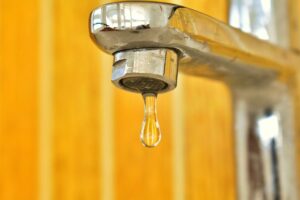 Issue: Low Water Pressure
Issue: Low Water Pressure
Having a shower or doing the dishes under a tiny stream of water is about as irritating as it gets. Obstructions in the taps are a typical cause of low water pressure in homes.
The Fix:
The aerator in your sink or tub faucet needs to be taken out (typically easily unscrewed) and cleaned regularly. Remove the part, clean it thoroughly, and then put it back in place.
Issue: Toilet Continuously Runs
Why can the sound of a gently running toilet or a gradual leak keep you awake at night? There are a number of potential causes for a running toilet, making it a common plumbing issue in the home.
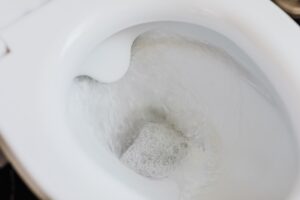 The Fix:
The Fix:
A running toilet can be fixed by replacing the fill valve or flapper, or by fixing a leaking flush handle. Repairing any of these things only requires a quick drive to the local Home Depot and a small amount of time on a Saturday afternoon. The instructions for doing these quick fixes are typically printed on the back or inside of the packaging you purchase the toilet parts from.
Simply opening the tank and taking a look will tell you which of these is causing your running problems. The toilet may be leaking or the running can be stopped by jiggling the handle. Water leaking into the overflow pipe is a telltale indicator that the fill valve isn’t closing correctly and must be changed, if it’s the source of the problem.
Drop a few drops of food dye into the tank to see how well the flapper works. After several minutes, the flapper is to blame should the water inside the bowl change color.
Issue: Slow Draining Sinks & Baths
One more typical problem with house plumbing that can generally be fixed quickly is slow draining sinks & baths.
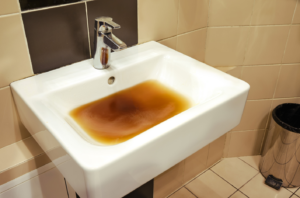 The Fix:
The Fix:
The most common reason of a poorly draining sink or bathtub is hair or other material that has gotten caught in the drain. The blockage can be removed in several different ways, some of which are more successful than others.
A “zip-it” tool, available at most hardware and home improvement stores and even some grocery stores, is one of the quickest and easiest alternatives. Simply insert the tool down the drain, rotate, and yank to remove the obstruction. After this fix, simply throw the debris from the drain in the garbage. Don’t flush it down the toilet!
Every homeowner, regardless of how long they’ve lived in their current place or how many folks now occupy their dwelling, has experienced at least one of these problems at some point. While they can be annoying, there are usually quick and easy ways to fix them.
Checklist For Plumbing Maintenance
Knowing the different plumbing problems that can arise is essential if you want to keep your plumbing system running smoothly. Keeping on top of potential problems will help you avoid a hefty repair expense and keep things operating smoothly.
There may be a bit of overlap between the list above and the plumbing maintenance checklist. The difference is that the checklist discusses the solution in greater detail.
[wptb id=278]
- Dripping Faucets
It’s best to take care of leaky faucets as soon as possible, whether they’re in the bathroom, kitchen, or laundry room. Water leaks, no matter how small they initially appear, can quickly lead to more serious issues like mould growth. The water supply line or the faucet’s base may be the source of a leak. Inspect both places, then make any necessary fixes.
- Slow Sink Or Tub Drains
Taking care of these slow sink or tub drains as soon ASAP is crucial if you don’t want to have a severely plugged drain. By utilizing a zip-it tool to eliminate accumulated hair (often seen in bathroom drains). After you have eliminated the obstruction causing the slow drain, you can use a mixture of vinegar and baking soda to disinfect and clean each drain.
- Water Pressure Decrease
If you’ve noticed a decrease in water pressure in your showers or sinks, it’s likely because the aerators in your faucets are blocked with calcium and/or minerals. The use of Lime-A-Way, CLR or another similar cleaner makes cleanup simple. To get rid of mineral deposits, just take out the aerators and let them soak as directed.
- Water Pressure Is Too High
Problems can also arise if the water pressure in your home suddenly increases or remains abnormally high. A pressure gauge is useful for monitoring water pressure. Replacement of the pressure regulator is necessary if the pressure gauge reads above the safe level. Crazy high water pressure is dangerous and should be addressed as soon as possible to prevent damage to pipes and other plumbing and a major cleanup if something bursts in the plumbing system.
- Toilet Continuously Runs
A continuously running toilet is the single largest source of unnecessary water use. You must change out the toilet’s inner working components, if you find yourself jiggling the handle incessantly to get it to stop running. In other cases, you may only need to repair a few components, like the flapper chain or the flapper seal. Whether you can’t hear water running in your toilet, put some food coloring in the tank and observe the bowl water to see if it changes color even when you don’t flush.
- Leaking Sinks
Look for water damage under any and all sink cabinets. It is important to address the issue of moisture under any sink. Find the water’s entry point and fix it with a patch or new pipes if possible. Detecting and repairing even a little leak before it causes major disruptions can result in significant savings.
- Problems with Waste Disposal or Garburator
Leaks are another possible problem with garbage disposals. If you want to know how to keep your garbage disposal in working order, see the owner’s manual. Even if the garburator appears to be functioning normally, leaks should be checked on a regular basis. It’s important that the area under the sink is bone dry. The presence of moisture or condensation under the surface should prompt one to search for a leak and fix it.
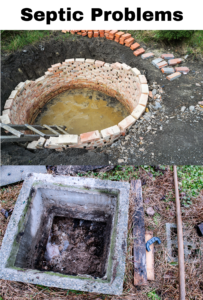 Sewage Backup Nightmare
Sewage Backup Nightmare
It’s vitally important to prevent sewage backups. Be sure to give your septic system the TLC it needs by following the maintenance guidelines you were provided. You should also be careful about what you flush down the toilet or flush in the sink. The repair bill for a malfunctioning sewer can quickly add up. Learn the warning signs of a clogged sewage drain so the problem may be fixed before it gets out of hand.
Common Plumbing Issues & Plumbing Maintenance Checklist – Conclusion
You may save yourself time and money by catching and fixing most of the common plumbing problems before they escalate. Not performing maintenance can lead to costly breakdowns in the future. Don’t forget that your property is probably the largest investment you’ve ever made, so taking care of it will only increase its value.

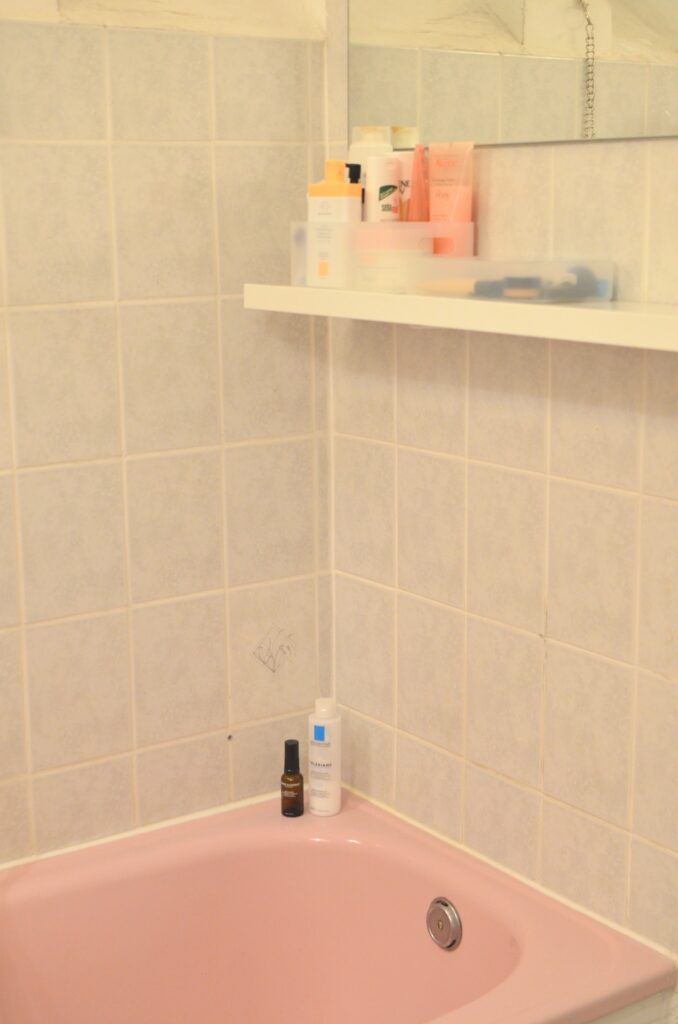 Is A Simple Design Better For Boosting Home’s Value
Is A Simple Design Better For Boosting Home’s Value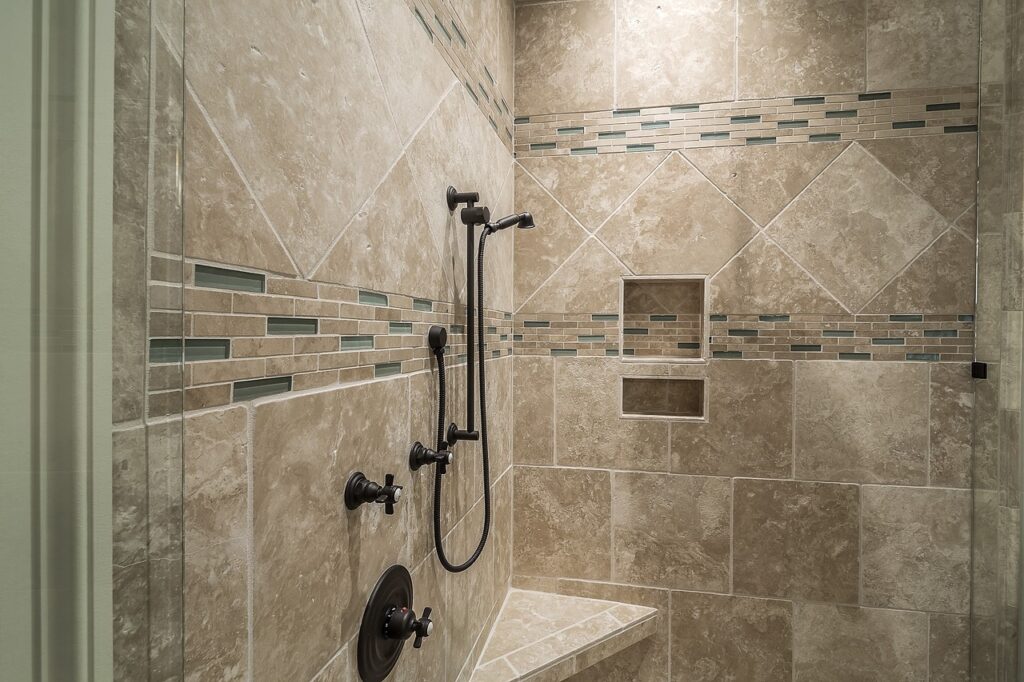 How To Choose A Shower Design
How To Choose A Shower Design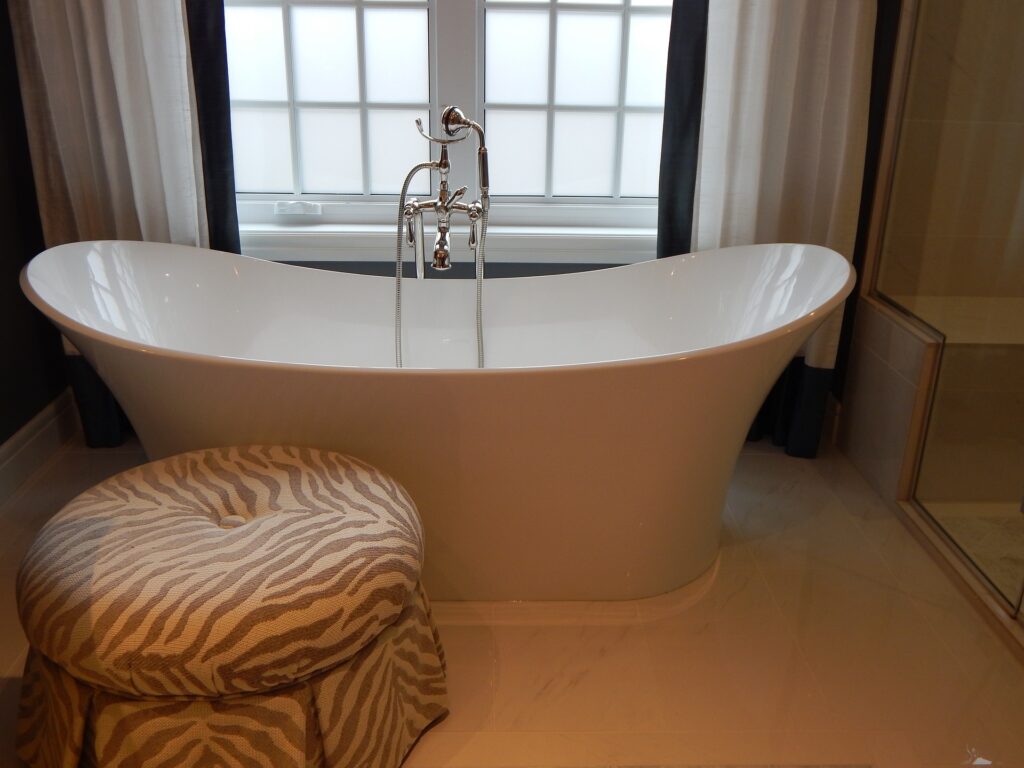 Picking A Tub For Your Bathroom
Picking A Tub For Your Bathroom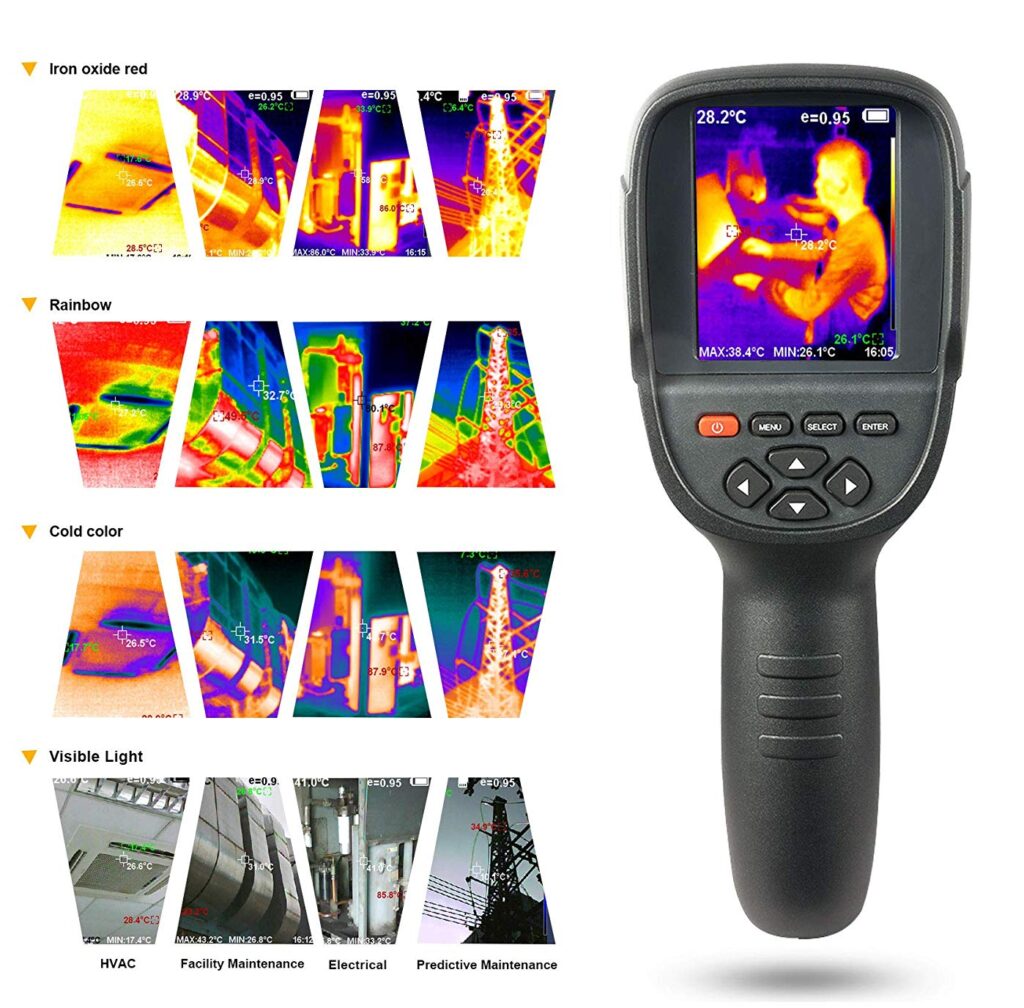
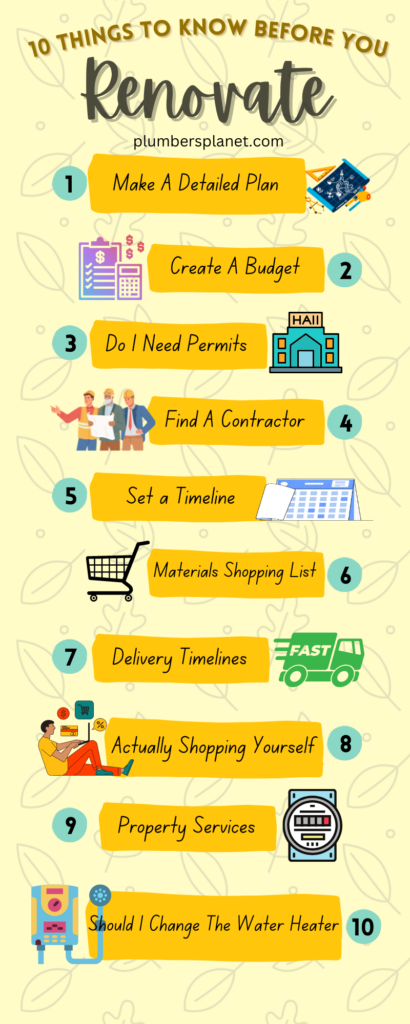
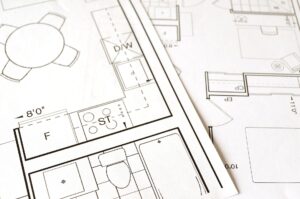 Make a Detailed Plan
Make a Detailed Plan Locate A Contractor
Locate A Contractor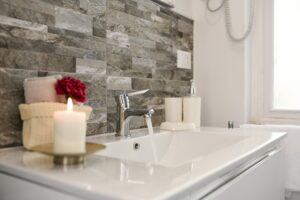 Purchasing of Building Materials & Delivery Timelines
Purchasing of Building Materials & Delivery Timelines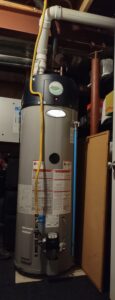 How Do I Know What Kind of Hot Water Heater Will Suit My Needs?
How Do I Know What Kind of Hot Water Heater Will Suit My Needs?